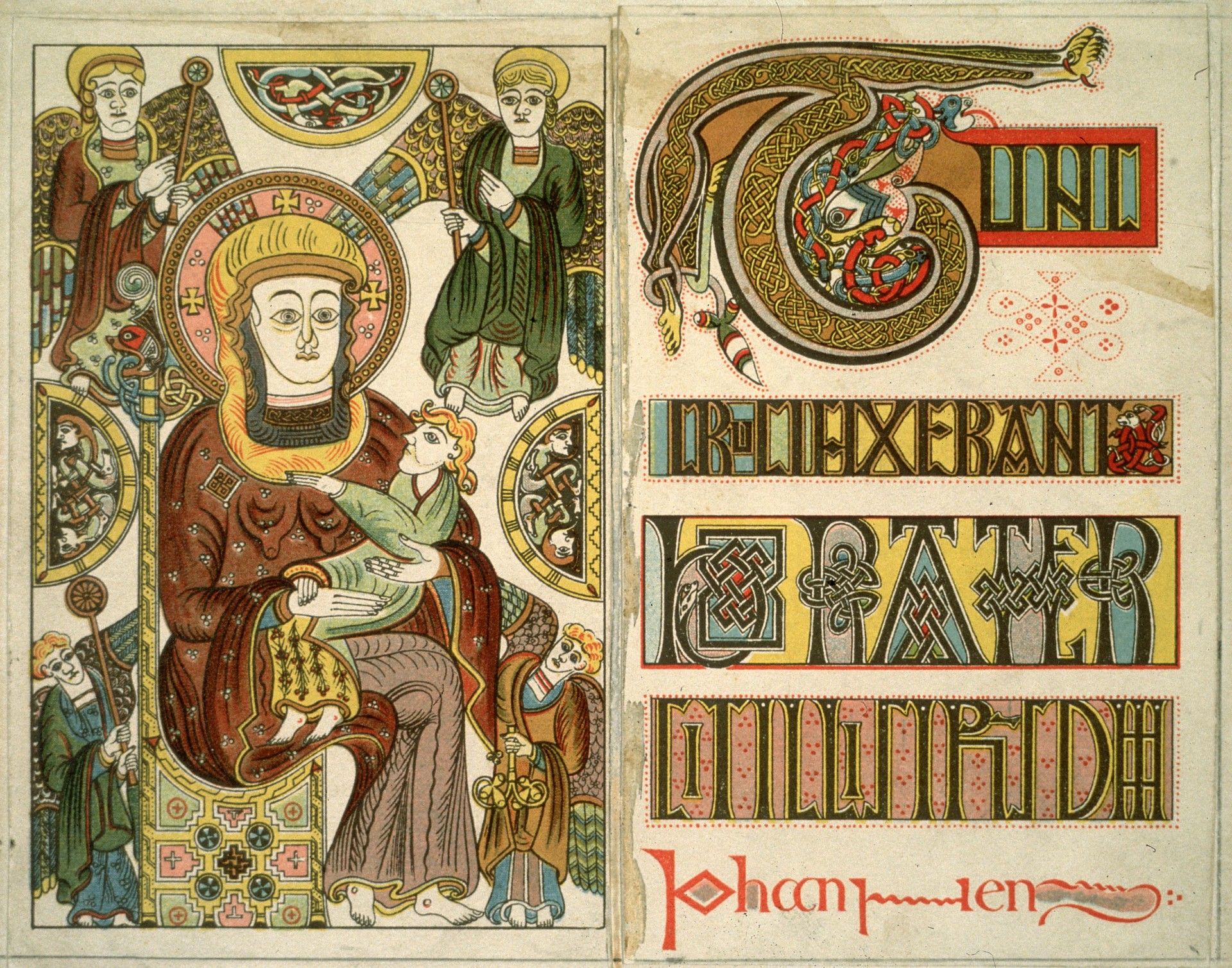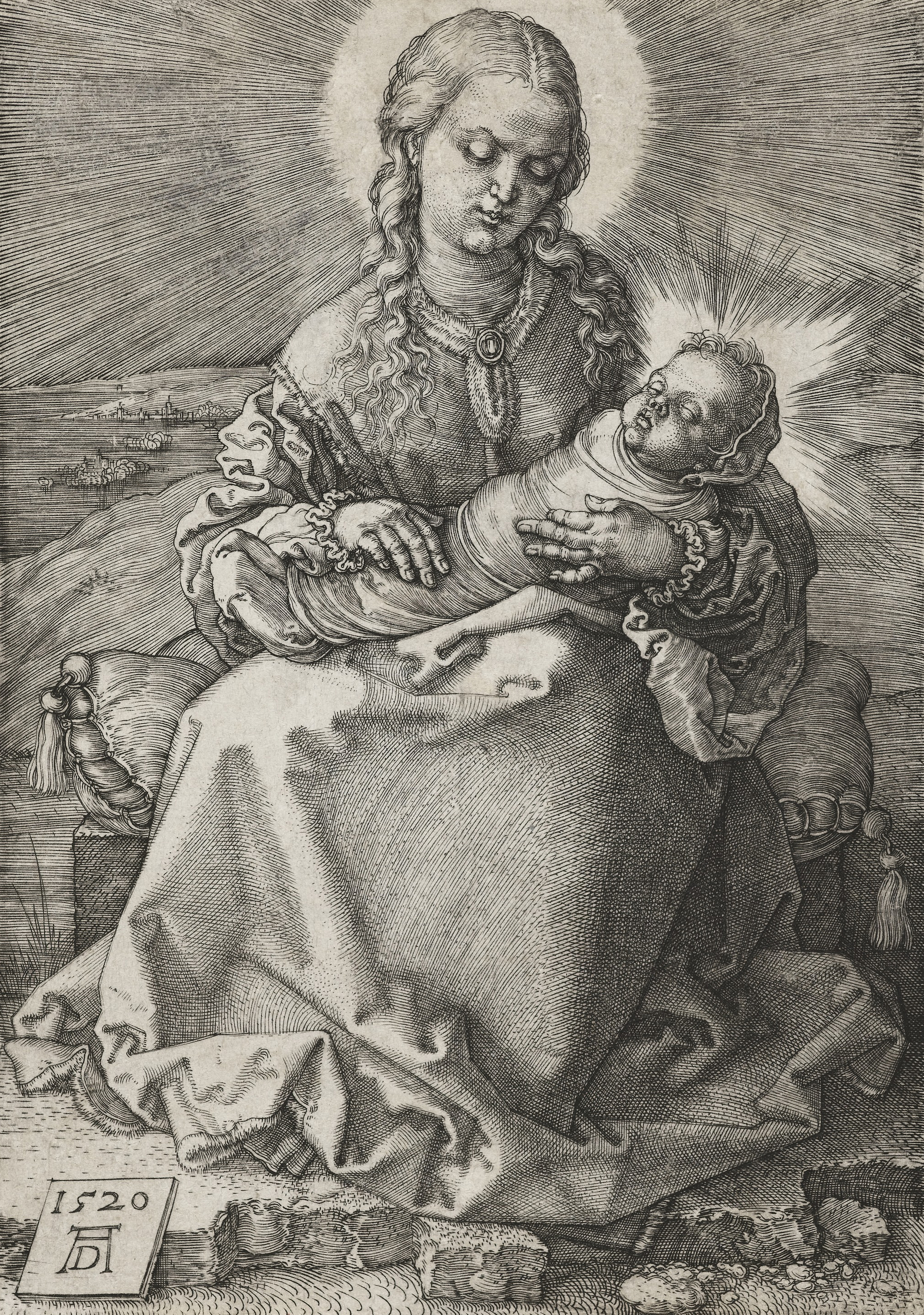Illustration is a picture that explains and adds interest to the written part of a printed work, such as a book. There are many kinds of illustrations, and many processes may reproduce them. An illustration may be a painting, a drawing, a photograph, or a work done by a graphic process, such as engraving. It may be done in black and white, in color, or in a combination of both. An illustration may serve only to decorate or draw attention to the story or text. But it can also help the reader understand the writing.
The first illustrations
appeared in the 500’s A.D. in the illuminated manuscripts of the Middle Ages, and were called miniatures or illuminations (see Illuminated manuscript; Manuscript). Monks decorated the manuscripts with gold, silver, and bright colors, especially the first letter of each page or section. They decorated these elaborate letters with scrolls, and they often included symbolic figures and scenes. The illuminator drew the illustrations on vellum, a fine variety of parchment.
The Celtic monks of Ireland and Britain made a highly individual kind of illumination. They preferred intricate initial letters that sometimes covered an entire page. Perhaps the most famous of the Celtic books was the Book of Kells, which dates from the 700’s or 800’s. Some of its pages contain textual material with interlaced designs along the borders. Others have letters elaborately decorated with various themes. See Book of Kells.

Some editions of the Qur’ān (Muslim holy book) are noted for the intricacy of the design in their illuminations. See Islamic art (Books). These editions are manuscripts that contain some of the most beautiful calligraphy (decorative writing) of the Middle Ages.
When the German goldsmith Johannes Gutenberg printed the first books in Europe by movable type in the 1400’s, the lettering in them looked like the medieval script done by hand. Later, printing as we know it gradually developed. In these early books, some of the scenes and first letters of a page or section were still illustrated by hand.
Printed illustrations.
The first books with printed illustrations appeared in the late 1400’s. Albrecht Pfister, a printer in Bamberg, Germany, is credited with first printing these books, called block books. The books received this name because the workers printed them from blocks of carved wood. These woodcuts resembled present-day block prints. Craftworkers often colored these early printed illustrations by hand.
Famous examples of early block books include The Ship of Fools, illustrated by the German artist Albrecht Dürer, and the Dance of Death, illustrated by another German artist, Hans Holbein the Younger. In these books, the illustrations were printed on only one side of the paper. The blank sheets were fastened together so that the books gave the effect of continuous illustration.
In the late 1500’s, engravings on copperplate replaced woodcuts as the favorite method of printing illustrations. Since then, illustrations have closely followed the progress of typography (printing by type).

Today, illustrations may be as complex and as colorful as literature demands. See Caldecott Medal.
